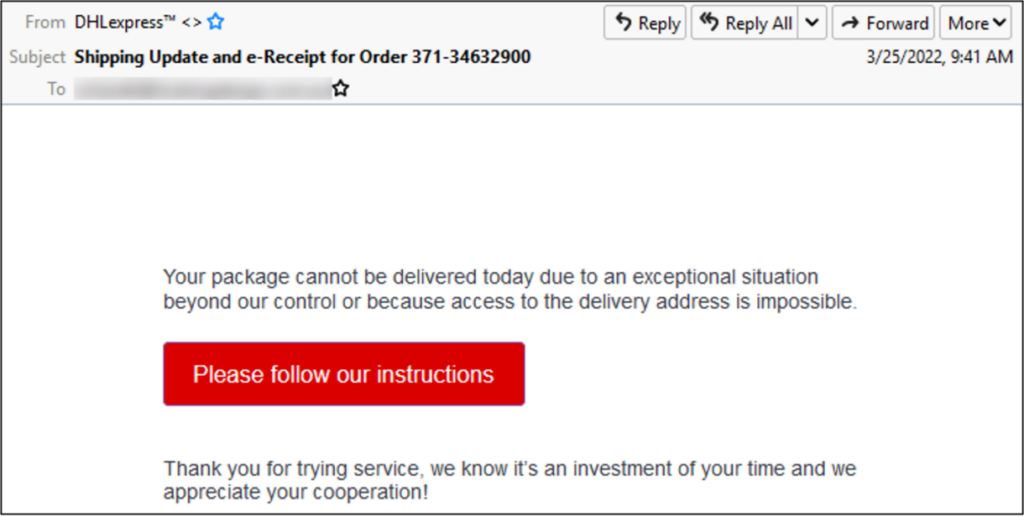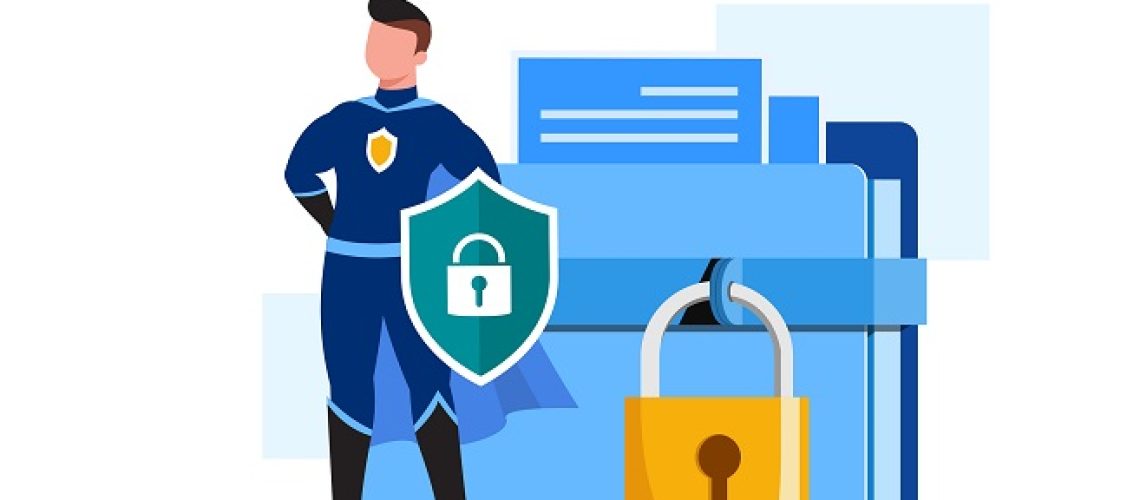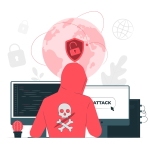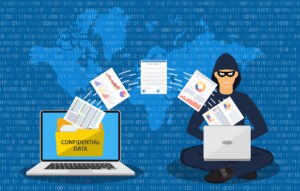Network administrators can score a significant victory by educating employees on how to spot phishing attacks. It’s a fundamental principle to make sure products are made as secure as possible in order to reduce the chance of a compromise in the future.
Recently, the concept has been further developed to imply an effort to integrate safety into every aspect of an organisation. That applies to everything, from its DevOps pipelines to the daily activities of its employees. These changes will make organisations more resistant to cyber-threats and more prepared to minimize their effects.
Innovation controls are a vital tool in creating this type of fully rooted safety culture. The same goes for phishing awareness training, which is an important factor of programmes designed to raise public knowledge of cybersecurity and plays a significant part in reducing one of the major dangers to data protection in existence today.
Why does phishing work so well?
In comparison to the final four months of 2021, email threats increased by 37% in the first four months of 2022, according to the ESET Threat Report T1 2022. Nearly at the same rate, the number of phishing URLs that were banned increased, with many scammers taking advantage of public interest in the Russia-Ukraine conflict.
Phishing attacks are still one of the most effective ways for attackers to install malware, steal passwords, and dupe users into parting with business funds (or their own). A variety of spoofing techniques can help scammers pretend to be reliable senders. Similarly, social engineering techniques are employed to pressure the target into responding without understanding the consequences.
Such techniques include the following:
- Using typosquatting or interconnected domains to spoof sender IDs, domains, and phone numbers (IDNs).
- As part of phishing attacks, they use pirated sender accounts, which are typically difficult to discover.
- Creating sites and portals for logging into that look authentic.
- Creating an environment that prompts the client to plan quickly, either out of need or excitement.
- Attackers use short URLs to hide their real location.
- Online research using social media is employed to strengthen the effectiveness of targeted spear phishing attacks.
Four vectors—stolen credentials, phishing, vulnerability exploitation, and botnets—accounted for the bulk of security events last year, according to the most recent Verizon DBIR report. Social engineering attacks were the cause of 25.7% of all breaches investigated in the research. The human factor responsible for 81.4 % of all breaches when combined with human mistakes and privilege use.

Keeping employee and business data safe against malware, ransomware, identity theft, and loss is essential, according to IBM, which estimates the average overall cost of a data breach at $3.85 million.
How can phishing affect someone?
Over the past two years, phishing attacks have increased in frequency and severity. Threat actors have mercilessly targeted distracted employees who were operating unpatched and partially secured units. According to Google, up to 17 million malicious and phishing emails are blocked every single day globally as of April 2020.
There is a chance that further smishing and voice call-based (vishing) attacks will be launched against those workers when many of them return to their places of employment. Mobile users can be more likely to open inappropriate files and click on links. These malicious URLs may trigger the installation of botnets and the downloading of malware.
Which training techniques are successful?
According to recent global research, organisations would prioritise investing on safety training and employee awareness over the next 12 months. When considering your own organisation, consider training programmes and tools that offer:
- Customised training for certain vocations. For instance, employees of the finance group may receive further training on how to handle BEC attacks.
- Protection for all employees, including top executives, contractors, and temporary workers. A potential phishing target is anyone having a business account and community access.
- Some businesses ask users to create their own phishing emails, providing them “a far deeper picture of the methods used,” according to the UK’s National Cyber Safety Centre (NCSC).
- Continual training sessions that take place throughout the year and sessions shouldn’t last more than 15 minutes.
- Useful analytics, providing specific recommendations on individuals that can be shared and used to improve future lessons.
A key initial step in preparing staff to be an effective first line of defence against phishing attacks is to choose the training package that works for your organisation. It’s important to pay attention to establishing an environment where reporting possible phishing attacks is encouraged. In addition to assuring employees that any alerts would be looked into, organisations should provide an easy-to-use reporting method.
One component of a multi-layered approach to mitigating social engineering risks should include phishing awareness training. Additional security measures to consider are multi-factor authentication, regularly reviewed incident response (IR) procedures, and anti-spoofing technologies.
To help you and your colleagues with this vigilance consider start your Phishing Tackle two-week free trial today.








